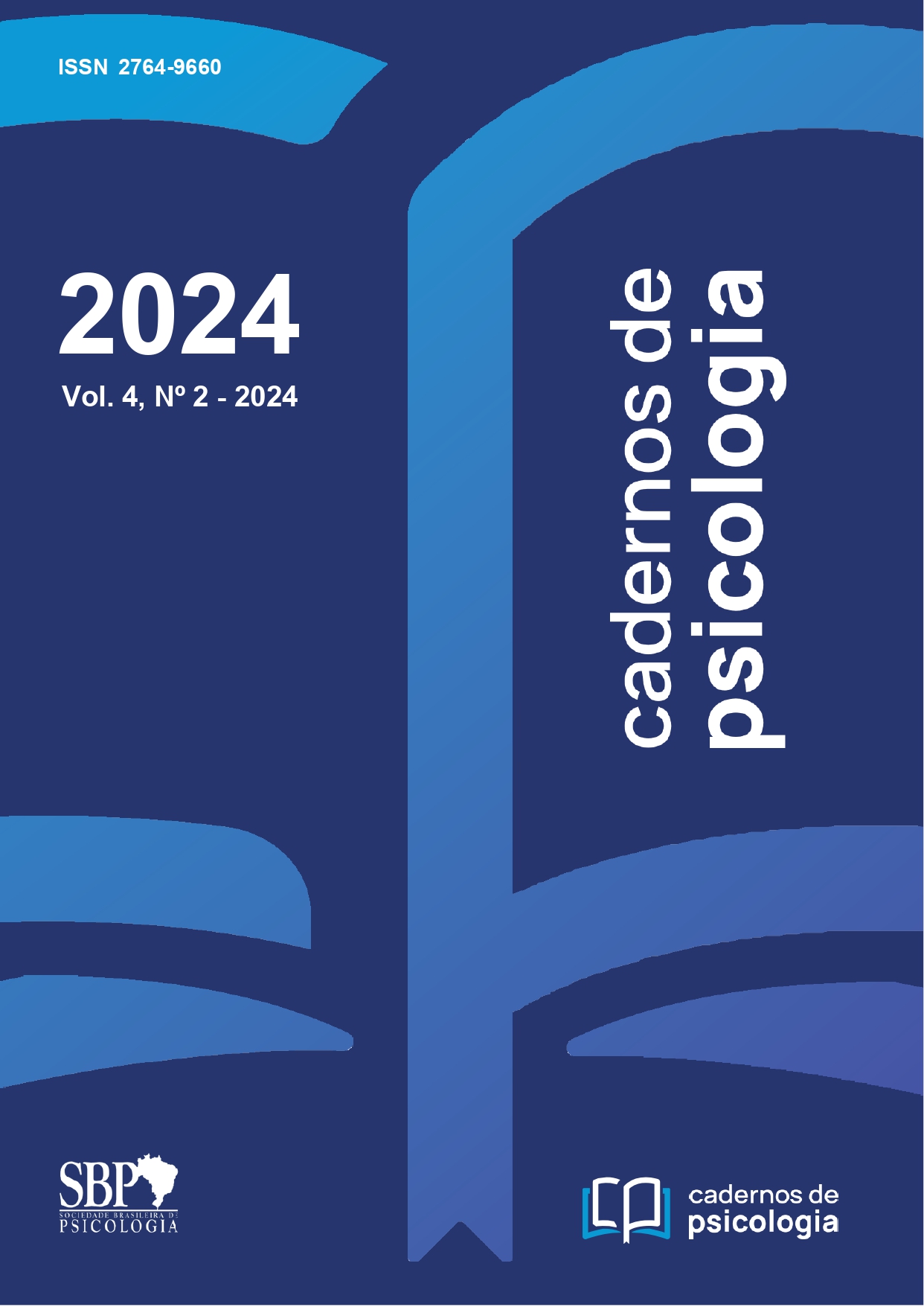. Creation of quantitative scales for studies of mental events
a review of the Law of Comparative Judgment
Keywords:
Law of Comparative Judgment, Ranking Order Procedure, interval scale, quantitative measure, psychophysicsAbstract
Louis Leon Thurstone (1887-1955), interested in measurements of the mind for which there was no physical stimulus for comparison, such as preference and opinion scales, created an equation known as the Law of Comparative Judgment. The psychological scale model thus proposed was to consider, as an integral part of the measure, the fluctuation of judgments throughout successive exposures, since their degree of variation is not known. His equation has become a powerful tool for creating interval scales to quantify the most diverse psychological attributes. Although the method is not new, several mental attributes, social and behavioral studies are normally studied using qualitative approaches, through ordinal and nominal scales, and which do not have the statistical power to carry out a truly quantitative investigation. The Ranking Method (Thurstone, 1931b) will also be reviewed, which brings procedural facilities, allowing the comparative judgment equation to be applied in a simple ranking/ordering procedure, bringing advantages for studying larger population groups and in conditions of few experimental resources, such as occurs in many conditions of studies comparing social or aesthetic quality stimuli.
The expectation is that this review will be useful as a source of reference to facilitate and encourage the creation of quantitative scales in the most diverse areas of human behavior and experience.






